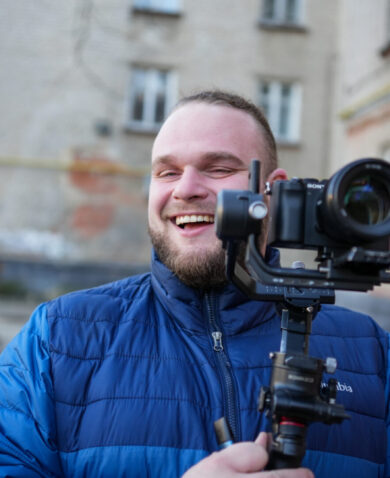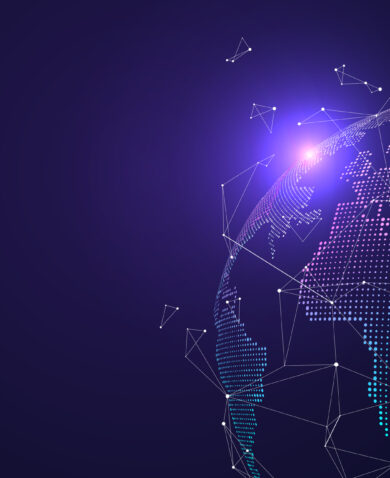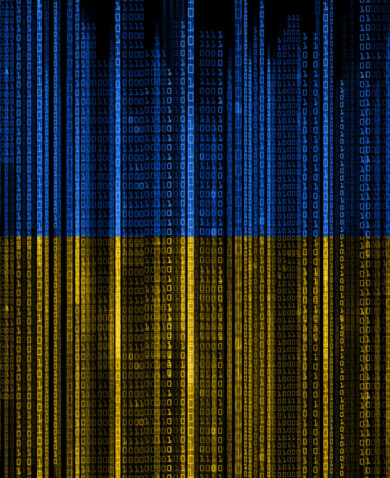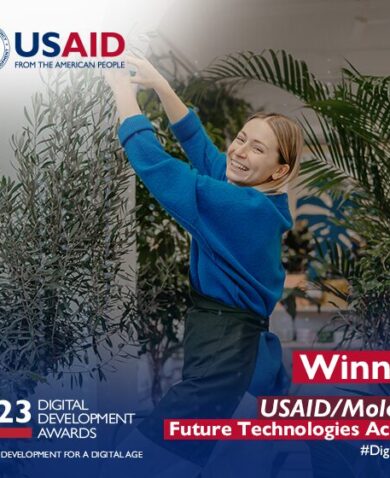
3 Questions with Doina Nistor About Building Transformational Partnerships
January 14, 2016 | 3 Minute ReadHow can development projects attract the private sector and build partnerships that make a difference? Doina Nistor discusses a recent partnership in Moldova and offers advice.
Q: CEED had success using USAID’s Global Development Alliance (GDA) model in Moldova’s information technology (IT) sector. Can you describe the transformational partnership you formed with Microsoft and IBM, and the impact you expect it to have on the local IT sector?
We engaged in an innovative partnership with Microsoft and IBM to create an IT “Center of Excellence” called Tekwill in the campus of Technical University. Having one of the highest migration per capita in the region and a GDP dependent on remittances, Moldova’s key struggle is to create well-paying jobs and decent living for people at home. The local IT sector is essential as it is a key employer for youth, and also it has a transformational role for economy, society, and government. Moldova’s IT sector has grown by leaps and bounds in recent years, but it’s overheated at this point. It’s creating hundreds of jobs that employers can’t find qualified young people to fill because schools have not caught up to it.
The center is one way that CEED tried to address that gap. It’s unique in Moldova because it’s run through an equal partnership between one of Moldova’s top universities, on the one hand, and private sector, IBM, Microsoft and ICT Business Association, on the other. This arrangement allows for collaboration between a leading education institution and the private sector to provide training in marketable and badly needed skills. Tekwill will train over 1,000 people per year. It will also encourage entrepreneurship and connect seed investors to students with ideas. We don’t just want to teach students how to code; we want to empower them as entrepreneurs.
After two years of cultivating concept and partnership, which also included SIDA, the Moldovan government, and of course, the university, we are finally constructing the center. The total investment is estimated at $7 million over four years, most of which in building content and capacity. The private partners and university funding is expected to reach $3 million cash and in-kind (along with $2 million from SIDA and $2 million from USAID), which includes IBM and Microsoft providing access to their world-class training platforms and trainers. They have brought a lot to the table.
Q: The best opportunities for transformational partnerships exist where development goals overlap with the interests of the private sector. How did your team identify this opportunity in Moldova’s IT sector and bring the private sector to the table?
In this case there was a clear overlap between our goals for Moldova’s development and the interests of the private sector. The primary interest of any business is sales that they can make in a country. Moldova is a small market, so sustaining the case to global vendors was even more difficult. Tekwill offers global IT companies the opportunity to familiarize Moldova’s top talent with their solutions and increase their competitive advantage. It also gives them better access to skilled local professionals if they ever build operations in the country. Another attractive point is USAID’s involvement. USAID has a strong reputation in Moldova for bringing diverse parties to the table in a fair way, so their name lent credibility to the effort. I actually had partners tell me, “If it weren’t for USAID, we wouldn’t be here.” That said, putting together effective partnerships is a long process, even when there’s a clear reason to do it. This partnership was two years in the making.
Q: What advice do you have for others who are trying to build transformational partnerships with the private sector to accomplish development goals?
First, understand the business perspective before you bring anyone to the table. Don’t approach a business and try to sell them on giving donations. Show them how partnering with you can help their business goals.
Second, be strategic about the first business you partner with if you can. If you partner with a well-known brand, such as IBM or Microsoft, other businesses will want to get involved and your partnership can grow.
Third, if you’re trying to partner with a global corporation, don’t go straight to headquarters. Make the effort to get buy-in from local sales representatives and regional offices. Help these staff push the ideas up to the top of their corporations.
Lastly, be patient. It can take one or two years to design a meaningful and impactful partnership. You can turn some smaller partnerships around more quickly, but getting the big partnerships right takes patience and hard work.



























